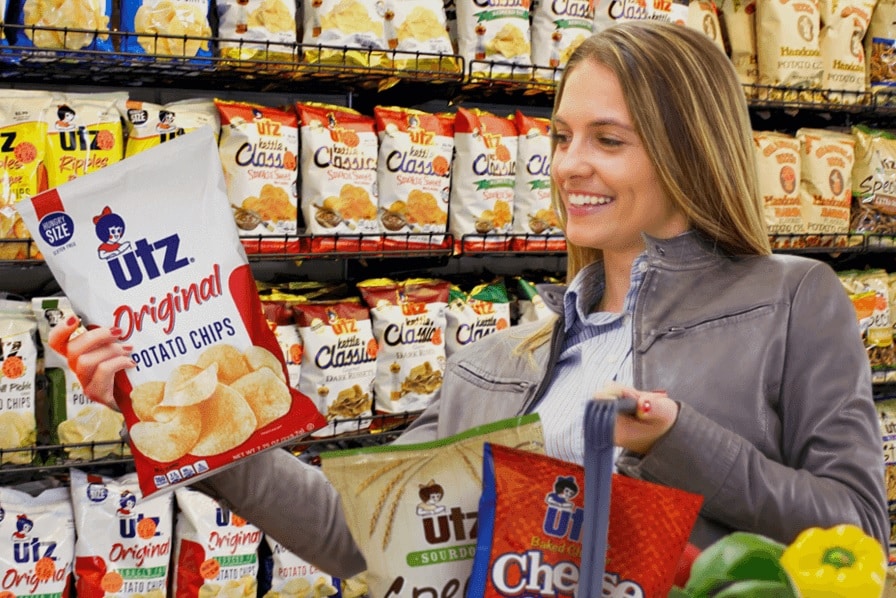
The latest government figures show that grocery price increases are starting to ease. So will that mean the product you once bought for $2 that now sells for $3, is going to be $2 again?
Probably not. But more plentiful coupons and deals could help you get that product for a lot less than its new full price.
That’s the expectation from some, as inflation appears to cool. Some companies haven’t stopped raising prices yet, while others hope their prices have peaked, and still others are looking toward a future where increased promotions and maybe even larger package sizes could tempt shoppers, who are put off by higher shelf prices that may now be permanent.
Procter & Gamble is in the first category, of companies that haven’t stopped raising prices yet. “We have a number of price increases that go into effect in February,” P&G Chief Financial Officer Andre Schulten told investors last week. But P&G isn’t concerned about losing customers, because many of its products are in categories that shoppers can’t do without. “They continue to wash their laundry, they continue to wash their hair,” Schulten said, so shoppers are not going to stop buying detergent or shampoo. They may trade down to cheaper brands, but P&G is betting that its products’ “irresistible superiority” will keep them coming back.
“We’ve got a lot of innovation coming,” P&G CEO Jon Moeller added. And shoppers are “very responsive, in a positive way, to innovation that improves performance,” he said – regardless of price.
ConAgra is in the second category, of companies that don’t expect to raise prices again, but aren’t necessarily committing to increased promotions. In an interview with Reuters earlier this month, CEO Sean Connolly said after the latest round of price hikes, the snacks and frozen food maker has no plans for any more. But “will we see an increase in promotions?” Connolly asked. “We are already promoting pretty consistently in line with where we were pre-pandemic… and we don’t really have plans to see that change.”
At least until supply catches up with demand. “Until supply normalizes further, I just can’t see retailers pushing for deals that exacerbate out of stocks,” Connolly elaborated in an earlier call with investors. “That’s not good for retailers when their shoppers go over to the store across the street to get the items that they couldn’t find in their stores.”
As for regular prices, “you tend not to see pricing rollbacks” after inflation eases, Connolly acknowledged. So higher prices are probably not going to return to their once-lower levels.
Which brings us to snack maker Utz, which is in the third category – a company that expects retailers and manufacturers to start offering more deals and promotions to help offset higher regular prices. And the company’s CEO saw it coming as early as last summer.
“We don’t take something that was $1, move it to $1.10, and then a year or two later, move it to $1,” Utz CEO Dylan Lissette told investors last August, about list prices that are unlikely to change. “What you do see is a movement in the migration, in the depth and the frequency of your promotional activity over time.” So the price on the shelf may not change, but more frequent coupons and promotions could help you pay a lot less.
Further out, Lissette predicted a reversal in “shrinkflation,” where companies make you pay more for less, by decreasing product sizes. “Something may sort of go down in size over a couple of years,” but “companies are competitive and then five or six years out, there’s a new size introduction of a value pack or something else.”
In the end, “we all want to be competitive,” Lissette said. And “we want to reward our customers” for sticking with them during tough economic times.
So some shoppers may not mind price hikes if it means they get innovation and superiority in return. Others would be happy just to see the current rate of price increases level off. And still others are holding out for more coupons and deals so they can save money on their groceries again – while letting someone else get stuck paying full price.
Image source: Utz










